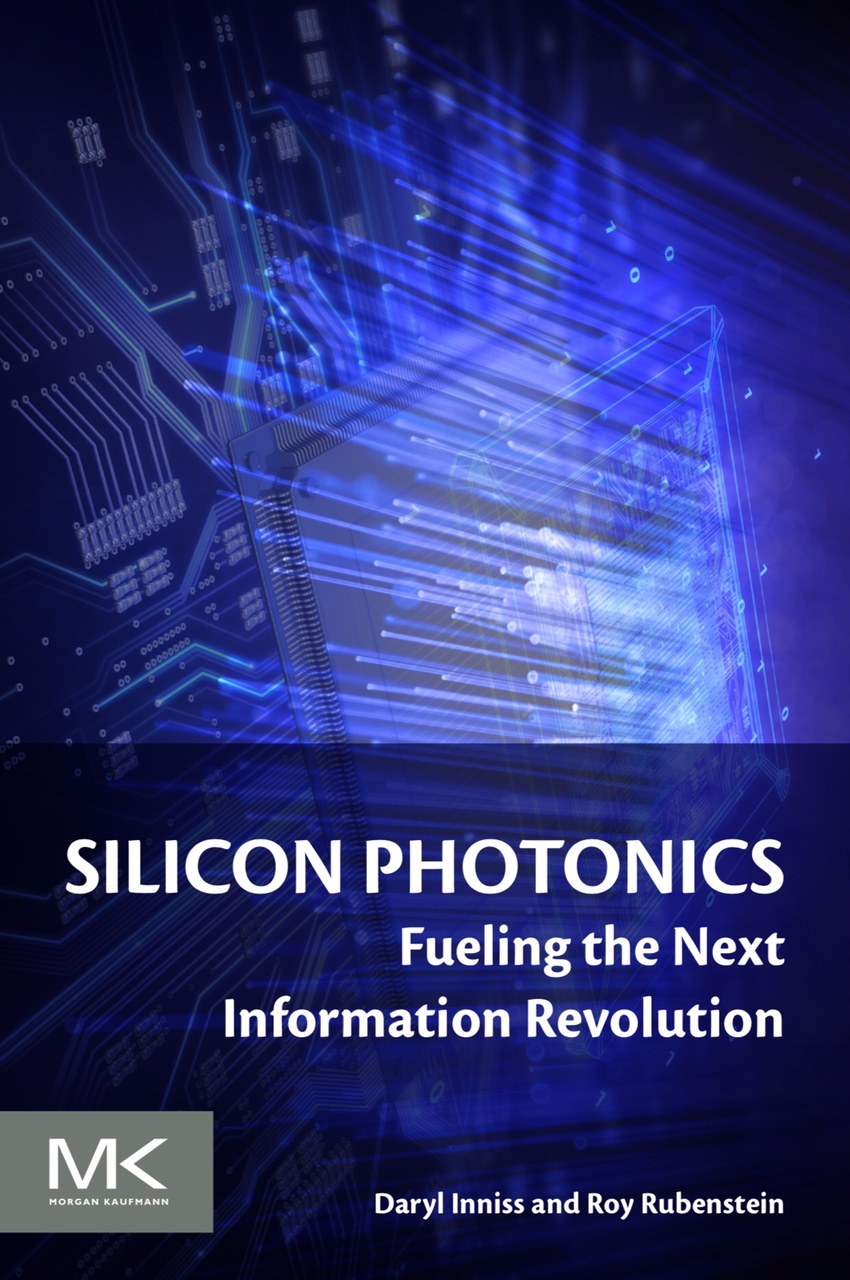Crossing oceans: Loi Nguyen's engineering odyssey
 Tuesday, February 25, 2025 at 12:51PM
Tuesday, February 25, 2025 at 12:51PM Loi Nguyen arrived in the US with nothing but determination and went on to co-found Inphi, a semiconductor company acquired by Marvell for $10 billion. Now, the renowned high-speed semiconductor entrepreneur is ready for his next chapter.
 Loi Nguyen, high-speed semiconductor entrepreneur at Marvell and an award-winning wildlife photographer
Loi Nguyen, high-speed semiconductor entrepreneur at Marvell and an award-winning wildlife photographer
"What is the timeline?"
It's a question the CEO of Marvell, Matt Murphy, would pose to Loi Nguyen each year during their one-on-one meetings. "I've always thought of myself as a young guy; retirement seemed far away," says Nguyen. "Then, in October, it seemed like the time is now."
Nguyen will not, however, disappear. He will work on specific projects and take part in events, but this will no longer be a full-time role.
 AI,
AI,  ColorZ,
ColorZ,  Inphi,
Inphi,  Loi Nguyen,
Loi Nguyen,  Marvell,
Marvell,  Matt Murphy,
Matt Murphy,  PAM4,
PAM4,  Vietnam,
Vietnam,  xPUs in
xPUs in  silicon photonics
silicon photonics  Print Article
Print Article 







